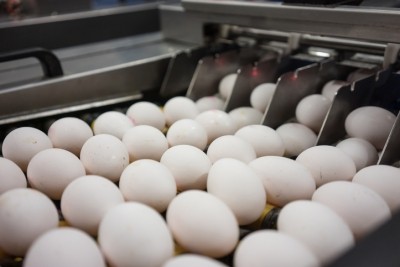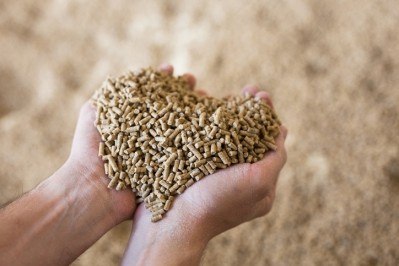AFIA looks to refute ‘conspiracy theories’ around feed and US egg prices, lower output

‘No, there isn’t a conspiracy theory around chicken feed and reduced egg production,” it entitled a blog post on the issue.
This past week, there has been an uptick in social media videos and news articles perpetuating false claims about commercial chicken feed and its impact on the availability and price of eggs, said the AFIA.
US retail egg prices jumped from $1.79 per dozen in December 2021 to $4.25 per dozen in December 2022.
The US Department of Agriculture (USDA) says that the record outbreak of avian flu is the reason for the high prices, restricting supplies, at a time of peak demand and higher costs for feed and transportation.
Fox News host, Tucker Carlson, however, claimed this week that the the egg shortage is not a result of the avian flu outbreak but instead it is due to the feed the birds are given:
"Some of them, some chicken farmers, have noticed something odd. Their chickens aren't laying eggs or as many eggs. And these chickens don't appear sick with avian flu. They're not dying. They're still alive. They're just not producing eggs.
"Now healthy hens lay eggs on a regular basis, every 24 to 26 hours. But suddenly, chicken owners all over the country—not all of them, but a lot of them—are reporting they're not getting any eggs or as many. So what's causing that? Clearly, something is causing that. Some have concluded their chicken feed may be responsible."
The broadcaster alleged that once the farmers replaced the commercial feed with local inputs, the problems were solved.
Layer feed
AFIA addressed those claims and others, with it outlining how commercial feed that is formulated specifically for laying hens should offer adequate nutrition for egg production. Decreases in egg output can be attributed by one or a combination of factors, including improper nutrition, feed freshness, colder temperatures, poor management practices, onset of parasites or viruses, stress, age, and overall health of the hens, it noted.
On the question of replacement of commercial feeds with local ones, the AFIA said that most nutritionists agree that local or commercial feeds should not impact animal production.
"However, for layer hens, which require diets rich in calcium, phosphorous, vitamins and other micro ingredients, it may be necessary to obtain ingredients from non-local sources. Some farmers may have a preference toward local versus a national brand, but the most important thing is to ensure that the feed is transported and stored properly to maintain shelf-life, quality, and freshness of ingredients,” it continued.
And the US trade group’s blog post also looked to counter further speculation that feed manufacturers are deliberately raising feed prices, forcing consumers to buy higher-priced eggs:
“First, like consumers, feed manufacturers are feeling the effects of inflation on the economy and are paying increased rates for energy, shipping, labor and ingredients, among other things. While they are doing their best to minimize the impacts to farmers as much as possible, some price increases are unavoidable due to the average 6.4% inflation hike.”
Price gouging allegations
A US farm group, Farm Action, in late January, called on the US Federal Trade Commission (FTC) to examine high egg prices for signs of price gouging from top egg companies.
The campaigners accused egg producers of using inflation and the avian flu as “an opportunity to extract egregious profits” in a letter to the FTC. US egg producers have denied the claims.
Purdue University food and agricultural economist, Jayson Lusk, noted that the US was down nearly 19 million laying hens in 2022, meaning actual table egg production was lower by around -6.6% by year end. “We don’t have to resort to conspiracy to explain the observed increase in egg prices. That doesn’t mean there isn’t malfeasance or collusion but absent any other evidence, the basic economics of the situation go a long way toward explaining the situation we are currently in.”















